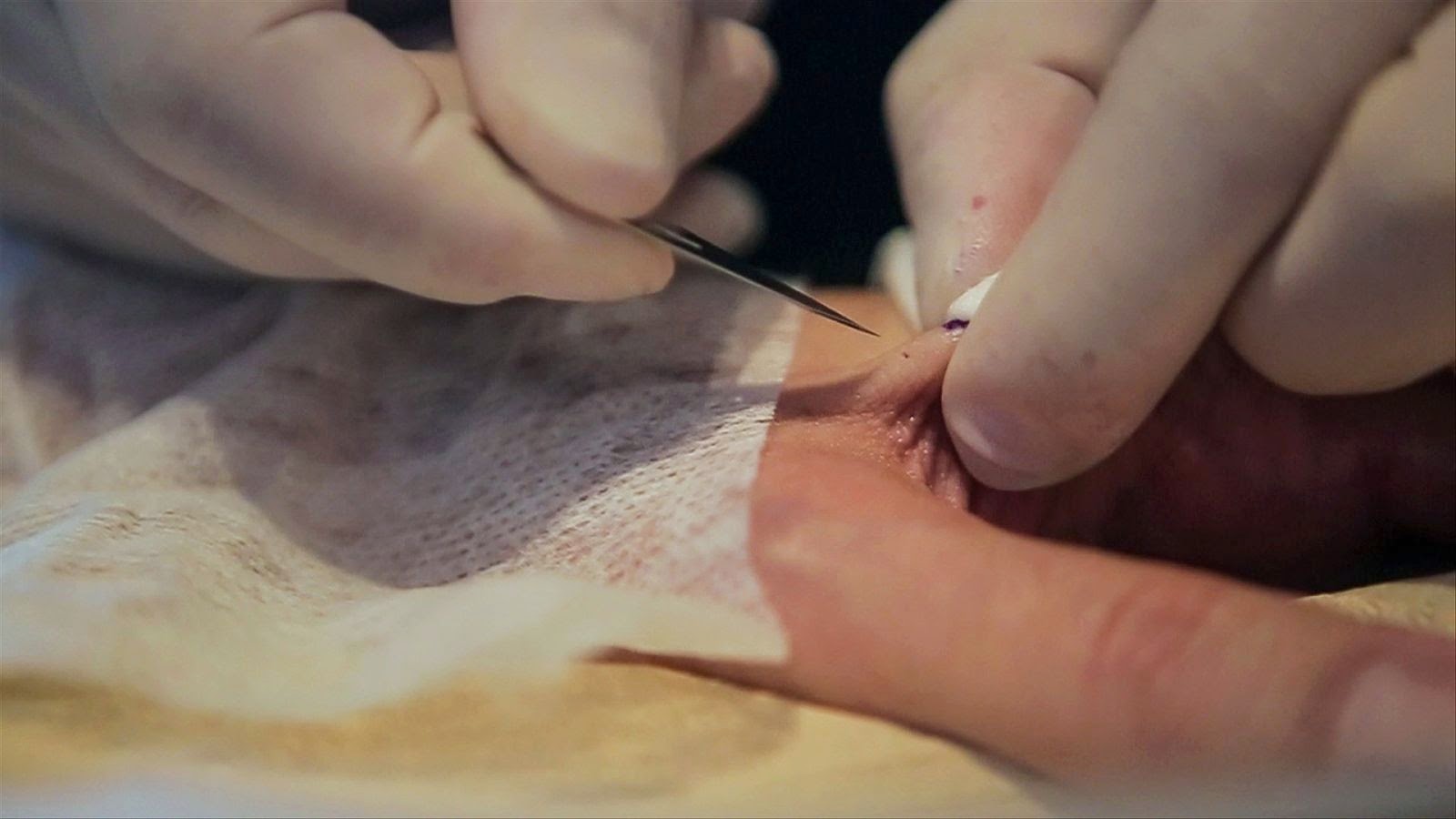Implantable Compass | The First Designed Internal Compass
Electronic engineer and biohacker Brian McEvoy has designed the first internal compass, and will be the first test subject. The 'Southpaw' -- inspired by the North Paw bracelet - works by sealing a miniature compass inside a silicon coat, within a rounded Titanium shell, to be implanted under the skin. An ultra-thin whisker juts out, which is activated when the user faces north, to lightly brush an alert on the underside of the skin.
"For a disc shape, it would be best located near shoulder", says McEvoy, ahead of the procedure. "I don't foresee any safety issues". Materials and shape have been chosen for the body's tolerance of them, but the Minnesota biohacker is working with experts to minimize risk before going under the knife.
Although McEvoy alone will take the implant, Southpaw has been a collaborative project, developed through the leading forum Biohack.me, that draws on the shared knowledge of citizen science labs around the world. For these dedicated blue-sky enthusiasts with stated goals that include eternal life and learning to fly, the paradigm for technology has gone beyond wearable, to implanted.
"Currently, the ESPeri.Impass is a compass spinner inside of flashlight tube. The idea for a spherical magnet is appealing since it would reduce the complexity of the compass spinner. You can look at my older designs in the Biohack forum thread. When I carry the current prototype I can feel the compass spinner jostling around and banging against the post which holds it and the shell which surrounds it.
I hope to direct this jarring motion into feedback that corresponds to direction. In other words, I want the jostling feeling to be different when I'm facing north. Maybe there would be a sharp clang when I walk north and the rest of the time it would be muffled.
This might be possible by making a ring around the spinner so it thumps on a rubber surface for 330° but for the remaining 30° it would be a metal-on-metal clang. I could tell the difference, hopefully, and therefore know when I'm walking north." Writes McEvoy, on 24hourengineer blog.
Magnets and microchips are standard for community members, often for aesthetic or novelty value. But the implants are growing in sophistication to offer practical applications, such as the 'Circadia' micro-computer developed by Biohack.me offshoot company Grindhouse Wetware, which CEO Tim Cannon embedded in his arm last year, and was able to collect and transmit temperature data via Bluetooth.





Comments
Post a Comment